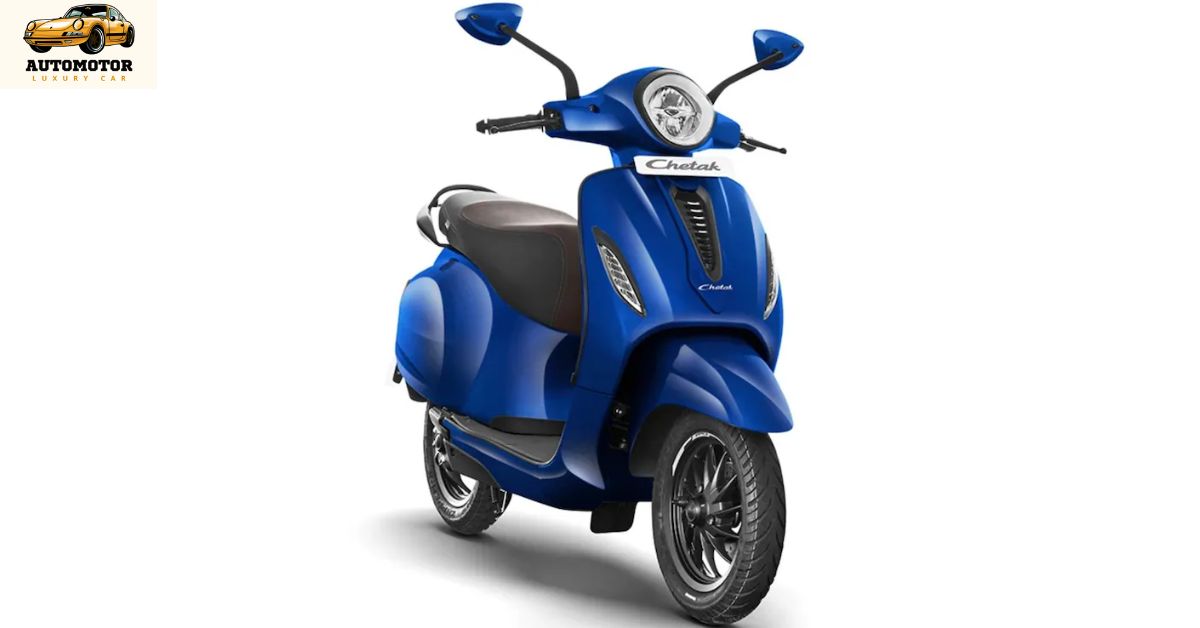India’s electric two‑wheeler market has been witnessing explosive growth in recent months, with Bajaj Chetak emerging as a household name. However, enthusiasts and potential buyers eagerly awaiting Bajaj’s new entry‑level Chetak EV may need more patience. Originally slated for a June 2025 debut, the launch is now delayed—possibly into July or even August—due to a critical supply chain disruption involving rare earth magnets.
What Was Promised: The June Launch
Bajaj Auto had confirmed that an upgraded, more affordable version of its bestseller—the Chetak 2903—would launch in June 2025. Sources like BikeDekho, Autocar Professional, and Financial Express reported this timeline, positioning the model as the most accessible in the 35‑Series line-up, intended to be priced below ₹99,998 and featuring upgraded chassis and storage capacity aligned with the 35‑Series design.
The Delay: Why It Happened
Recent statements from Bajaj Auto’s leadership indicate the launch timeline has been pushed due to import restrictions on rare earth magnets—vital components for high-efficiency electric motors. Rajiv Bajaj, Managing Director of Bajaj Auto, warned that China’s export restrictions could force a complete halt in EV production as early as August 2025, raising alarms about the feasibility of the initial launch plan.
He emphasized that these export restrictions stem from complex bureaucratic processes: applications must declare non‑military use and pass certifications by multiple ministries and Chinese authorities. Despite over 30 pending applications from Indian OEMs, no approvals have been granted yet. This means manufacturing could be severely hampered if the clearance doesn’t come through soon.
Implications of the Delay
Consumer Disappointment & Competitive Risks
For buyers holding out for an affordable EV, the delay is frustrating. Many were attracted by the promise of Bajaj’s trusted build quality at a lower price point. Any stretching of the timeline could lead some to consider alternatives like the TVS iQube, Ather 450X, or Ola S1 Pro, which are aggressively competing in similar segments.
Market and Strategic Impact
Bajaj had already built strong EV momentum—Chetak held nearly 25% of India’s electric two‑wheeler market in Q4 FY25, up from 13% a year earlier, thanks to the introduction of variants like the 3503 in May 2025. Electric vehicles contributed over ₹5,500 crore to Bajaj’s domestic revenue in FY25—nearly 20% of its total India sales. A delay now could imperil that momentum, disrupt festive‐season deliveries, and allow rivals to edge forward.
Supply Chain Vulnerability Spotlighted
The rare earth magnet shortage isn’t just a hiccup—it’s a threat to EV stability in India. Bajaj may face a “zero‑month” output in August for both the Chetak scooter and GoGo e‑rickshaw if imports don’t resume. Such an outcome would be unprecedented for a major automaker.
Bajaj’s Response & Mitigation Efforts
Despite these headwinds, Bajaj has taken a transparent and pragmatic approach. The brand says it’s leveraging the delay to rethink and strengthen its supply chain. Rather than making promises they can’t keep, they’re investing in diversified magnet sourcing and supply chain optimization across vendors and operations—a move that industry analysts commend as forward‑thinking.
Additionally, Bajaj Auto continues to expand its retail footprint: by mid‑2025, their Chetak network includes over 310 experience centers and 3,000 sales points across India, all aimed at supporting EV growth in FY26.
Consumer Perspective: Hype vs Experience
Online discussions reveal mixed consumer sentiment around the existing Chetak models:
- Praise for build quality and comfort: users highlight the metal body panels, smooth ride, and trusted brand support.
- Criticism, however, focuses on poor after‑sales experiences, subscribers-only features like reverse‑mode locked behind TecPac payments, and sub‑par service wait times.
Even as Bajaj addresses launch delays, user trust could be tested if service centers remain understaffed or features remain restricted behind subscription paywalls.
Looking Ahead: What to Expect
1. Revised Timeline
The June launch is unlikely. July is the earliest new window—assuming magnet supplies clear quickly. If approvals continue to be delayed, August may be impacted too, potentially derailing deliveries well into the festive season.
2. New Supply Strategy
Bajaj may partner more intensively with alternate suppliers outside China or shift to different motor designs less dependent on rare earth metals. However, such changes could take months—not days—and may alter launch specifications or pricing.
3. Product Improvement
Feedback from consumers may prompt Bajaj to reconsider its subscription strategy. Incorporating reverse mode, hill‑hold, or full-speed access without requiring extra payment could improve goodwill for the revamped entry‑level model.
4. Broader Industry Impacts
If Bajaj faces a zero‑output month in August, competitors may carry forward sales, and the overall Indian EV narrative could face headwinds. It underscores a need for India to build domestic magnet production or stockpile critical components to avoid future supply shocks.
Conclusion
Bajaj Auto’s decision to delay its entry‑level Chetak EV—while unsettling—is rooted in serious supply chain realities. It reflects a cautious strategy: better to postpone a launch than deliver late or incomplete specs. Given the company’s revenue dependency on EVs and its expanding reach, managing consumer expectations and retooling supply chains are essential.
